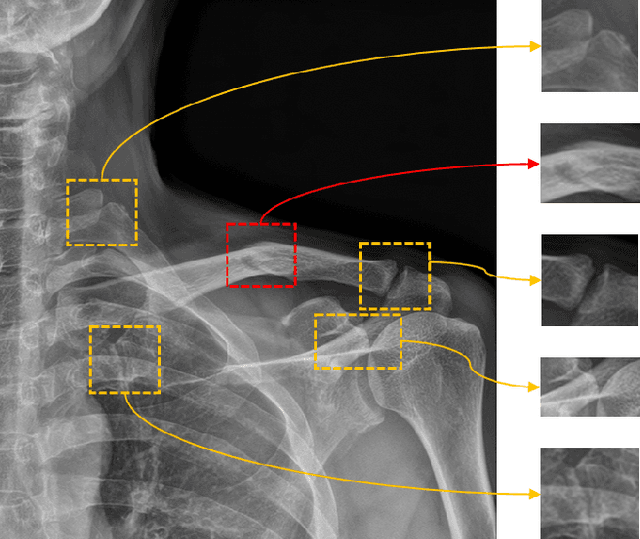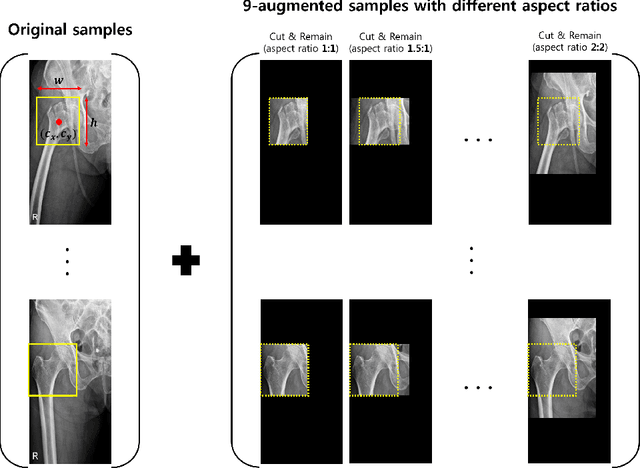Look at here : Utilizing supervision to attend subtle key regions
Paper and Code
Nov 25, 2021



Despite the success of deep learning in computer vision, algorithms to recognize subtle and small objects (or regions) is still challenging. For example, recognizing a baseball or a frisbee on a ground scene or a bone fracture in an X-ray image can easily result in overfitting, unless a huge amount of training data is available. To mitigate this problem, we need a way to force a model should identify subtle regions in limited training data. In this paper, we propose a simple but efficient supervised augmentation method called Cut\&Remain. It achieved better performance on various medical image domain (internally sourced- and public dataset) and a natural image domain (MS-COCO$_s$) than other supervised augmentation and the explicit guidance methods. In addition, using the class activation map, we identified that the Cut\&Remain methods drive a model to focus on relevant subtle and small regions efficiently. We also show that the performance monotonically increased along the Cut\&Remain ratio, indicating that a model can be improved even though only limited amount of Cut\&Remain is applied for, so that it allows low supervising (annotation) cost for improvement.
 Add to Chrome
Add to Chrome Add to Firefox
Add to Firefox Add to Edge
Add to Edge